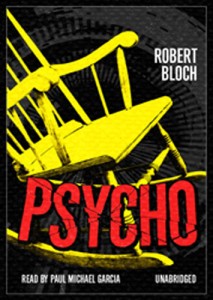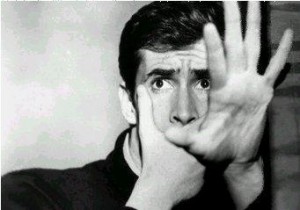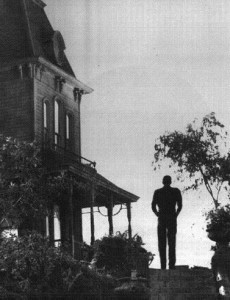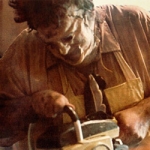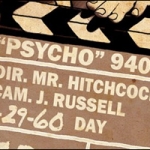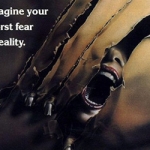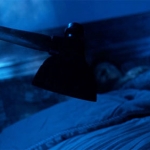Rumor is that in 1960, Alfred Hitchcock ran around to various book stores to take the novel Psycho, written by Robert Bloch, off the shelves to avoid spoiling his film adaptation. This week, we are going to analyze a book/film combo that revolutionized the film industry and created the slasher film genre.
The largest change from book to film lies in the main character of the story, Norman Bates. In the novel, he is an overweight, middle-aged alcoholic male living alone with his “mother.” It is also later exposed that he’s a closeted transvestite into cannibalism, incest, and necrophilia. When the revelation of him being the actual murderer is discovered, you are surprised by the situation, but look back and feel it’s almost “expected” given his archetype. It is even noted by other characters in the town that Norman “always seemed off.”
This is not so in the film adaptation, which sees Anthony Perkins portraying Norman Bates. With a “boy-next-door” appearance, a sweet deposition, and an almost sympathetic smile, the audience is not given the slightest indication that he would be capable of murder. Halfway through the film, you’re rooting more for Bates than anyone else. This is further aided by the removal of Norman’s drinking problem; in the novel, he would drink himself into unconsciousness to avoid the troubles at hand, whereas the most the film Norman would do is to eat candy corn.
The overall structure of the story remains. Marion Crane (Mary Crane in the book) steals $40,000, stops at the Bates Motel, is killed, and her loved ones eventually expose the secrets behind the Bates family. The book follows the POV of each character up until their death, allowing the reader to see every situation from a variety of points of view. In the film, the audience is entirely separate, and allowed to only know the bare minimum of information to move the story along. Whenever Norman speaks with his mother, creative camera work allows the audience to truly believe she’s alive and well, and the audience only later learns that Marion’s boss is willing to forgive her for stealing the money in the first place.
The iconic “Shower Scene,” while a major turning point in the film adaptation (both for plot and audience expectation), is much more muted in the novel. The punch of the sequence leaves so much to the reader’s imagination that if one is not creative, one is left feeling surprised but not shocked. The film variation, with its 80 different angles and cryptic music, burrows into the watcher’s mind to keep reminding them that, yes, this is a story about murder.
Though a minor change from the novel, the circumstances around the insurance investigator’s death were modified for a more suspenseful climax. While he is offed when snooping around the Bates house in both the film and book, the ways in which his murder is committed are entirely different. In the novel, Arbogast is met at the door by Mother and killed with a straight razor (Sweeney Todd style). In the film, there is a suspenseful build as Arbogast climbs the stairs towards Mother’s room, only to have her bolt out with a butcher knife and not only slash him at the top of the stairs, but follow him down to finish the job.
The novel works in is way of manipulating the reader into feeling sympathy for characters, only to either kill them off or have them end up being the killer. The film achieves this concept in spades with increased ability to show the audience just how desperate these characters are (aided by excellent performances by Janet Leigh and Anthony Perkins), the desperate actions they are willing to commit in order to achieve their desires, and their inevitable conclusions. We also cannot deny the iconic nature of the Bates house, which is forever embedded in horror movie history. While the audience cannot get into the heads of the characters in the film as easily as they could in the novel, one is automatically wrapped into the story through the ingenious direction of Hitchcock and the crew.
This is one of the few adaptations where all the meat and emotion of the novel is brought to screen, only to be given a high dose of adrenaline to amp up the style. It is very sad to later learn that Robert Bloch did indeed write a sequel to Psycho; however, by that point Universal had cut ties, leaving absolutely no connection between the sequel to the novel and sequel to the film.
Be sure to check out the next Cinema Doctor, in which John will try to diagnose Vince Vaughn’s “mommy problems.”


